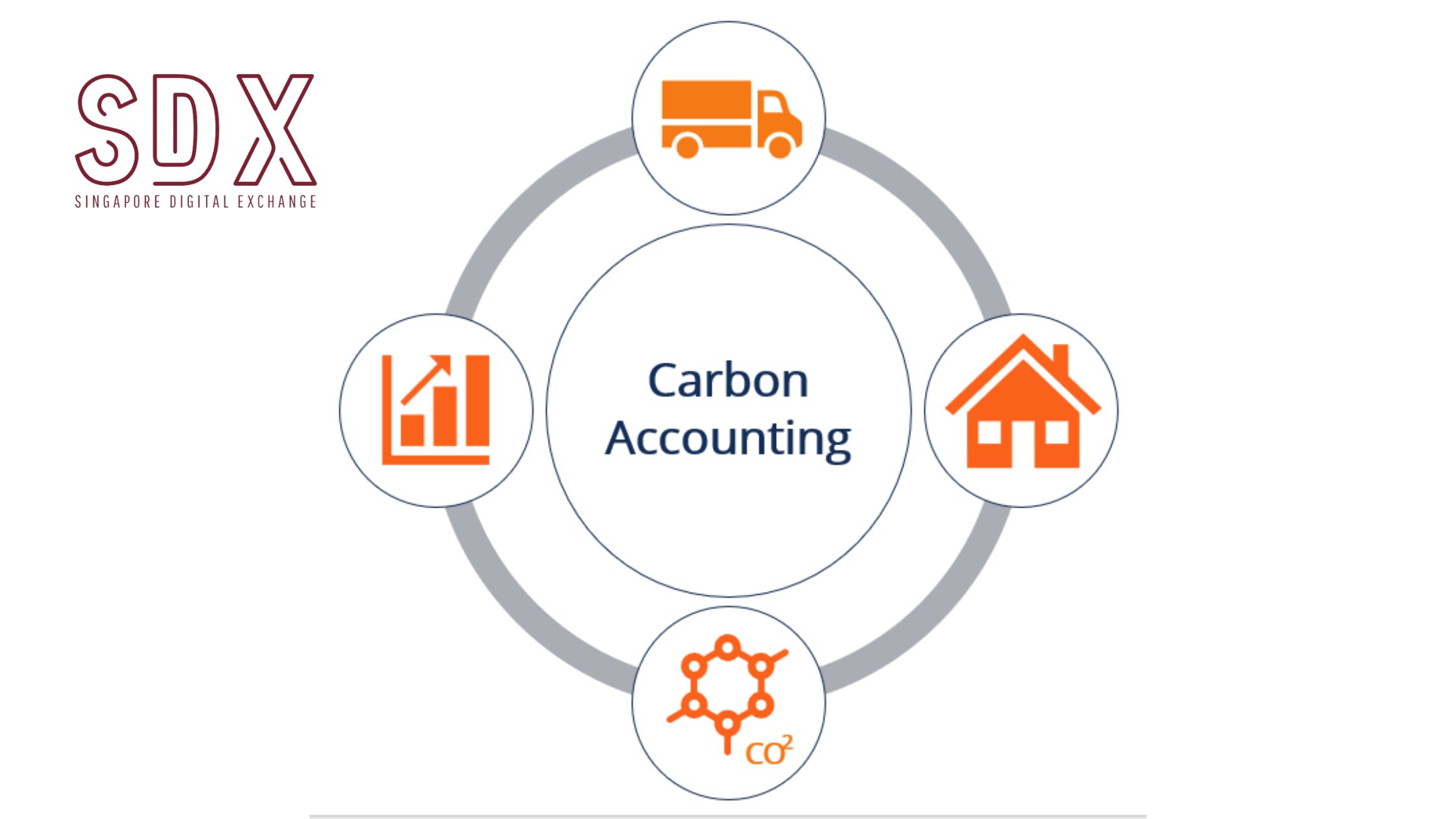There are many other gases that make up greenhouse gases that are often overlooked, including water vapor (H2O), methane (CH4), nitrous oxide (N2O), Ozone (O3), etc. They absorb and emit radiation energy, resulting in the greenhouse effect. Carbon footprint is generally measured in carbon dioxide equivalent (CO2e), which is a common unit for GHGs, obtained by multiplying the GHG amount by its global warming potential. Although a common unit allows organizations to be compared, carbon emissions cannot be compared fairly if the size differs. Therefore, it can be useful to transform carbon emissions into normalized metrics, which are called carbon intensities.
It is possible to easily access carbon emissions information of an increasing number of companies. However, GHGs are a raw indicator subject to uncertainty at the company level. To provide a common monitoring basis that can be used by states and companies, and to limit the measurement gap, the Greenhouse Gas Protocol (GHGP) classifies a company’s greenhouse gas emissions in three scopes:
Scope 1 refers to direct GHG emissions occurring from sources that are owned or controlled by the company.
Scope 2 includes indirect greenhouse gas emissions from the consumption of purchased electricity, heat, or steam. Scope 2 emissions can be computed using the energy mix of the country (location-based) or the energy mix of the utility company supplying the electricity (market-based).
Scope 3 are other indirect emissions, such as the extraction and production of purchased materials and fuels, transport-related activities in vehicles not owned or controlled by the reporting entity, and electricity-related activities not covered in Scope 2.
How to measure them quantitatively?
Three methodologies are available for carbon inventory. The GHG protocol was established in 1998 by the World Business Council for Sustainable Development (WBCSD) and the World Resources Institutes (WRI) in partnership with companies, NGOs, and State representatives. This served as the basis for ISO 14064-1:2006, which was set up by the ISO/TC207 “environmental management” technical committee and outlines the principles and procedures for quantification and reporting on greenhouse gas emissions and their eradication for organizations. The goal of this technical reference is to assist users in applying the ISO 14064-1 standard by providing guidelines and examples to facilitate transparency in the quantification and reduction of GHG emissions in businesses, as well as in the preparation of reports. It also includes a list of the emission categories that fall under each scope. Lastly, in 2004, ADEME developed the Bilan Carbone, a methodology for estimating greenhouse gas emissions for organizations. The Bilan Carbone® technique accounts for all IPCC-defined greenhouse gases in all physical flows that the organization cannot function without. As a result, this method enables businesses and territorial entities to conduct a global evaluation of GHG emissions, both direct and indirect.


